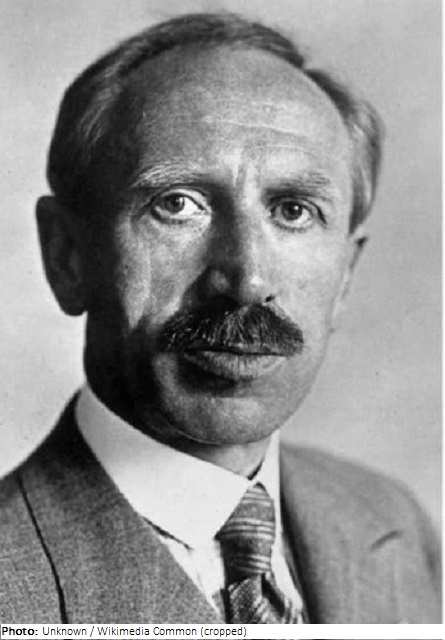
| Roles | Referee |
|---|---|
| Sex | Male |
| Full name | Heinrich•Tessenow |
| Used name | Heinrich•Tessenow |
| Born | 7 April 1876 in Rostock, Mecklenburg-Vorpommern (GER) |
| Died | 1 November 1950 (aged 74 years 6 months 24 days) in West-Berlin, Berlin (GER) |
| NOC |  Germany Germany |
The architect Heinrich Tessenow first worked in his father’s carpentry shop and then attended a school for building trades. He then completed his studies at the Technical University in Munich. After working as a teacher at the training and trade school in Trier, he went to Dresden. There he was first an assistant at the Dresden Technical College (1909-11) and then a freelance architect. After six years as a teacher at the School of Arts and Crafts in Wien, he was head of the architecture school at the Dresden Art Academy from 1920. In 1926 he was appointed full professor at the Technical University in (Berlin-)Charlottenburg and was head of a master studio at the United State Schools for Free and Applied Arts.
In several books, Tessenow successfully advocated the reform of residential buildings. He first became known for the construction of the Educational Institute Jaques-Dalcroze in the garden city of Hellerau near Dresden (1910/12), which showed his program of a strictly objective, somewhat sober purism of reform architecture that dispensed with any ornamentation. His focus was on the construction of workers’ dwellings and single-family houses, beginning in Trier, later in Hellerau, and, for example, in Magdeburg. His style had a decisive influence on the housing buildings of his time in Germany.
Tessenow also built several schools, exhibition buildings, a railroad bridge across the river Elbe, a Reformed church, and, in Hungary, a manor house. In 1931 he carried out the conversion of Schinkel’s Neue Wache in Berlin into a memorial to the fallen of the World War. The furniture he designed shows the same simple, matter-of-fact forms reminiscent of neoclassicism.
Tessenow was the university teacher of Hitler’s architect and armaments minister Albert Speer (1905-1981) and was later included in the “God-gifted list” of leading artists of the Third Reich. After World War II, he resumed teaching at the Technical University Berlin. In 1945-47 he designed reconstruction plans for Mecklenburg and Neubrandenburg.
| Games | Sport (Discipline) / Event | NOC / Team | Phase | Unit | Role | As | |
|---|---|---|---|---|---|---|---|
| 1936 Summer Olympics | Art Competitions |  GER GER |
Heinrich Tessenow | ||||
| Architecture, Designs For Town Planning, Open (Olympic) | Final Standings | Judge | |||||
| Architecture, Architectural Designs, Open (Olympic) | Final Standings | Judge |